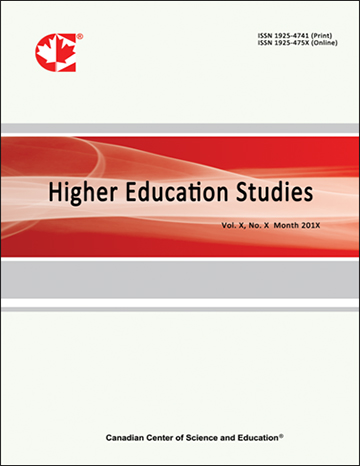Discourse Connectives in L1 and L2 Argumentative Writing
- Chunyu Hu
- Yuanyuan Li
Abstract
Discourse connectives (DCs) are multi-functional devices used to connect discourse segments and fulfill interpersonal levels of discourse. This study investigates the use of selected 80 DCs within 11 categories in the argumentative essays produced by L1 and L2 university students. The analysis is based on the International Corpus Network of Asian Learners of English (ICNALE) which consists of essays written by native speakers (NS) and non-native speakers (NNS) from 10 countries and regions in Asia. WordSmith Tools were used to generate the quantitative profile of the DCs, while follow-up qualitative analysis in the context of usage provided additional interpretive insights. The total frequency of DCs used by Hong Kong and Singaporean students is significantly less than do L1 writers, mainly because the addictive and is by far less frequent in the essays produced by L2 writers. Hong Kong students use much more enumerating, resultive and summative DCs than both L1 writers and L2 writers from Thailand and Singapore. Thai students, on the other hand, employ the causal device because much more than both L1 and other L2 writers. Hong Kong and Singaporean students are more formal in tone than L1 and Thai students when using the adversative and resultive DCs. Despite the apparent differences, there are considerable similarities of usage, with and, but, because, so, however and therefore occurring among the top 10 most frequently used devices of both L1 and L2 writers, although with strikingly different frequencies. These findings shed light on the pragmatic uses of DCs by L1 and L2 writers as a way to influence the interpretation of the message, and thus succeed in achieving their communicative intentions.
- Full Text:
 PDF
PDF
- DOI:10.5539/hes.v5n4p30
Index
- AcademicKeys
- CNKI Scholar
- Education Resources Information Center (ERIC)
- Elektronische Zeitschriftenbibliothek (EZB)
- EuroPub Database
- Excellence in Research for Australia (ERA)
- Google Scholar
- InfoBase
- JournalSeek
- Mendeley
- Open Access Journals Search Engine(OAJSE)
- Open policy finder
- Scilit
- Ulrich's
- WorldCat
Contact
- Sherry LinEditorial Assistant
- hes@ccsenet.org
